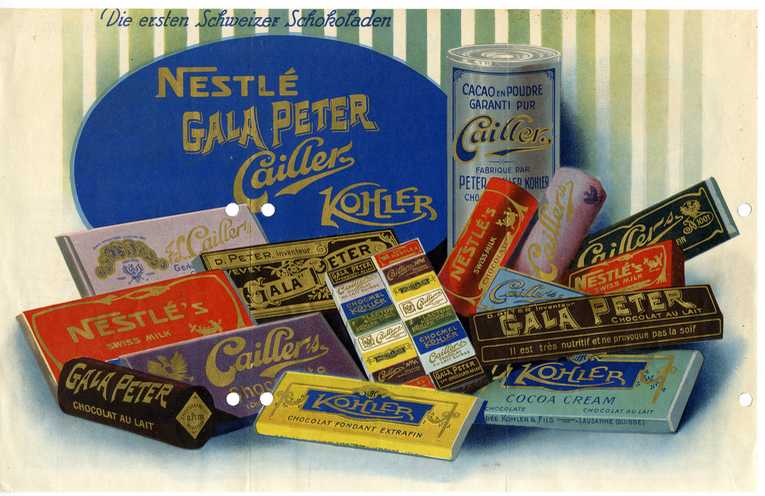With an ageing global population, it’s time businesses were wiser – in particular about their packaging choices
Ageing is as inevitable part of life. So rather than apologising for it, why aren’t more companies celebrating it? Advertising for this demographic is sparse, and even when it does appear tends to be stereotypical.
Some brands, however, are aspiring to inspire with timely high impact campaigns focussed on positive ageing. One recent example is L’Oréal’s work starring Helen Mirren, which has driven sales of the Age Perfect range.
An older example is Dove’s Real Beauty campaign, which is now well into its teenage years but still going strong. The strapline “real types not stereotypes” has prompted many conversations on what beauty means, as well as the development of Dove’s speciality Pro Age range. The narrative for this sub-brand is written into the name: Be in favour of later life, don’t apologise for it.
All businesses would do well to approach ageing with such a positive attitude, particularly as it is a growing market. Mistakes when it comes to packaging are a major limiting factor, however. So, what should businesses be aware of? Below are five things everyone should know and tips for ensuring your product hits the mark.
1. Ageing is getting more common.
By the end of 2017, almost a quarter of everyone on the planet will be over the age of 50. In terms of lifestyle, this is a huge shift, and one businesses should approach with positivity as it represents a huge opportunity for many brands. Shoppers in this demographic are also more exacting, however and more conscientious. Decisions while shopping will reflect sustainable values, and little patience for flash in the pan marketing stunts. The focus then must be on quality product and customer experience, at all stages of the buying process. Higher value aesthetics when it comes to packaging are a worthwhile investment, so brands could consider matching luxury look and feel with a sustainable, 100% recycled board option.
2. An ageing demographic is more likely to shop online
Retirement is the boon of old age. Having worked for years to save up a pension, once they hit retirement age many people are looking for exciting ways to spend their hard-earned cash to enjoy these years. What many people don’t realise is that this isn’t limited to the high street. More people in later years are using the internet than ever before. As of the beginning of 2016, more than four fifths (82 %) of all individuals in Europe aged between 16 and 74 years use the internet at least once every three months. Compare this with the 24% who had never used the internet in 2011 and we can see a striking trend – believed by many to be driven by older people who are doing more online, including shopping. According to research by the Future Company, 60 per cent of people over 50 globally have bought something online, compared to 51 per cent of 16 to 34-year-olds and 56 per cent of 35 to 49-year-olds. What does this mean for retailers with an online offer? Packaging for home deliveries must work as easily and effectively as it does for products bought in store.
3. Ageing isn’t a disease
Unfortunately, modern society has a tendency to talk disparagingly about older age, teasing or even ridiculing people of a certain vintage. It isn’t a disease, however, and shouldn’t be treated as such. Ageing should be viewed as a subtle, quiet process, and one that should be celebrated as bringing with it newfound wisdom, new experiences and new opportunities. This is how many older people approach their later years, and businesses should do the same. Celebrate age, and all it brings – including poorer eyesight. The way businesses achieve improved accessibility can be tricky, however. There are no official guidelines for print for packaging, although it is something DS Smith is working on. Simply making fonts bigger is patronising, so the solution needs to be subtle – shortening copy, for example, and using bolder, easier to read styles.
4. Certain things get more difficult with age
Ageing does bring with it a certain set of symptoms, most notably a reduction in strength and stamina. Hearing and vision loss are also common side effects of the ageing process, with most people reaching for reading glasses by the age of 40 and around a third of people who are 60 or older experiencing hearing loss. These combine to make certain things more difficult, for example opening poorly designed packaging. Research by the University of Portsmouth in the UK has revealed that ageing-related changes such as arthritis, deteriorating eyesight and physical strength made consumers more at risk of experiencing vulnerability when buying packaged consumables in particular. On the other side of the coin, people are working far longer than before. For this reason, the secondary packaging used to stack and hold products on the shelf needs to be easy to manoeuvre, whatever the age of the retail worker handling it.
5. Ageing (sometimes) makes people angry
As previously mentioned, weaker grip, poorer vision and lower dexterity combine to make the use of some forms of packaging more tricky. This, quite simply, makes people very angry. Being unable to prise open a parcel that has arrived through the post, so having to leave it out for the postman to open. Being unable to read the product details on the supermarket shelf, so having to ask a fellow shopper to help. It’s unsurprising people feel cross. Examples of poor packaging have been known to cause rants on social media, heated discussions with friends and ultimately a decision not to use a particular brand again. In an age when competition is fiercer than ever, to lose a customer because of a poor packaging decision is simply unacceptable. Secondary packaging is essential in shoppers’ purchasing decisions, as it is normally one of the first product features that people notice. All packaging should be developed to be age neutral. Inclusive design is a must.
forrás: www.dssmith.com 2017.06.26





